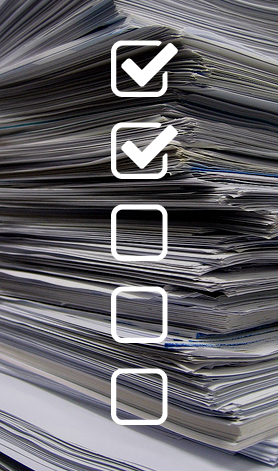[php]the_title();[/php]

Business Plan
Before you begin asking friends and family for a loan, it is imperative that you have put in the time necessary to write a business plan. Even when a business plan is not required, we believe it is a moral obligation to go through the business planning process in order to protect investors’ money.
The process of preparing a business plan forces you to think about a whole array of issues that could arise in the course of starting your business. A savvy lender will ask for a business plan, but a less sophisticated lender would be well advised to see your thoughts in detail as presented in a business plan. By writing a business plan, you will have a better idea of how much capital you need to raise, how the it will be allocated and when you will be able to reasonably pay off your loans.
Request Amount
Along with a business plan, it’s ideal to also present a formalized Funding Request and Use of Funds. It is better to put in the work ahead of time, determine the business’ needs in order to achieve the set milestones and with it how much money will be needed, as opposed to begin collecting without an exact plan as to how it will be used. The Use of Funds portion should be separated into categories such as: website development costs, office equipment and supplies, legal fees, consulting fees and operating expenses for X months until you anticipate the company breaking even.
In addition to listing specific expenses the investment will be used for, it is helpful to provide milestones the investment will allow the company to achieve. Examples include:
- Hiring a professional business plan consultant
- Developing the product (beta, minimum viable product, full launch, etc)
- Developing the team (co-founders, management time, key hires, advisory board, etc)
- Setting up any outstanding legal or intellectual property requirements
- Acquiring first sale and market validation
Promissory Note
It is likely that your friend or family member has taken out a loan himself or herself and is familiar with a promissory note. This familiarity serves a double purpose. It allows your lender to feel more comfortable investing in you and it will impress him or her with your professionalism. Putting the loan agreement into writing also solidifies your obligation to repay it. A promissory note clears up any confusion or misunderstanding that may arise due to the unsophisticated nature of the lender/borrower relationship. The more you emphasize the formality of the loan arrangement as a necessity of properly starting your new business, the less awkward it is to ask a friend or family member to put the agreement in writing.
Things you will want to include in a promissory note include:
- The names of both the borrower and the lender
- The location of the loan (for state tax purposes)
- The amount of money the lender is lending
- Whether or not the loan is secured with collateral
- The repayment schedule, both the amounts and dates of planned payments
- The consequences for missing a payment or defaulting on the loan
- Signatures of both lender and borrower
It is best to prepare a proposal for all of these terms for when you meet with your potential lender. Since the loan is private, all of the terms are negotiable. Be receptive to the wishes of your potential lender if you end up negotiating some of the terms, but be reasonable with what you are capable of paying at various intervals of time. Hopefully your business plan’s financial projections will help determine what kinds of terms are reasonable for your business.

